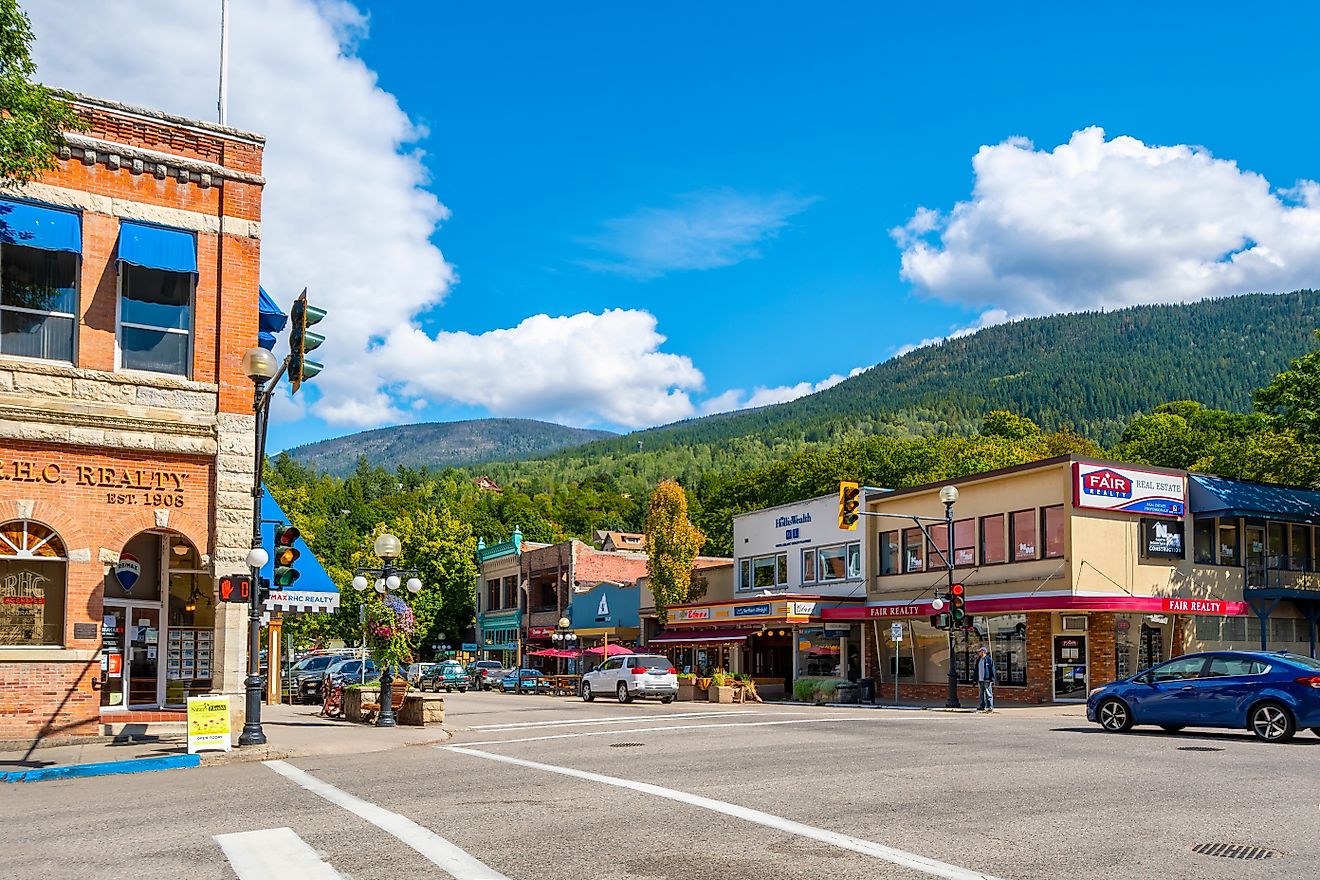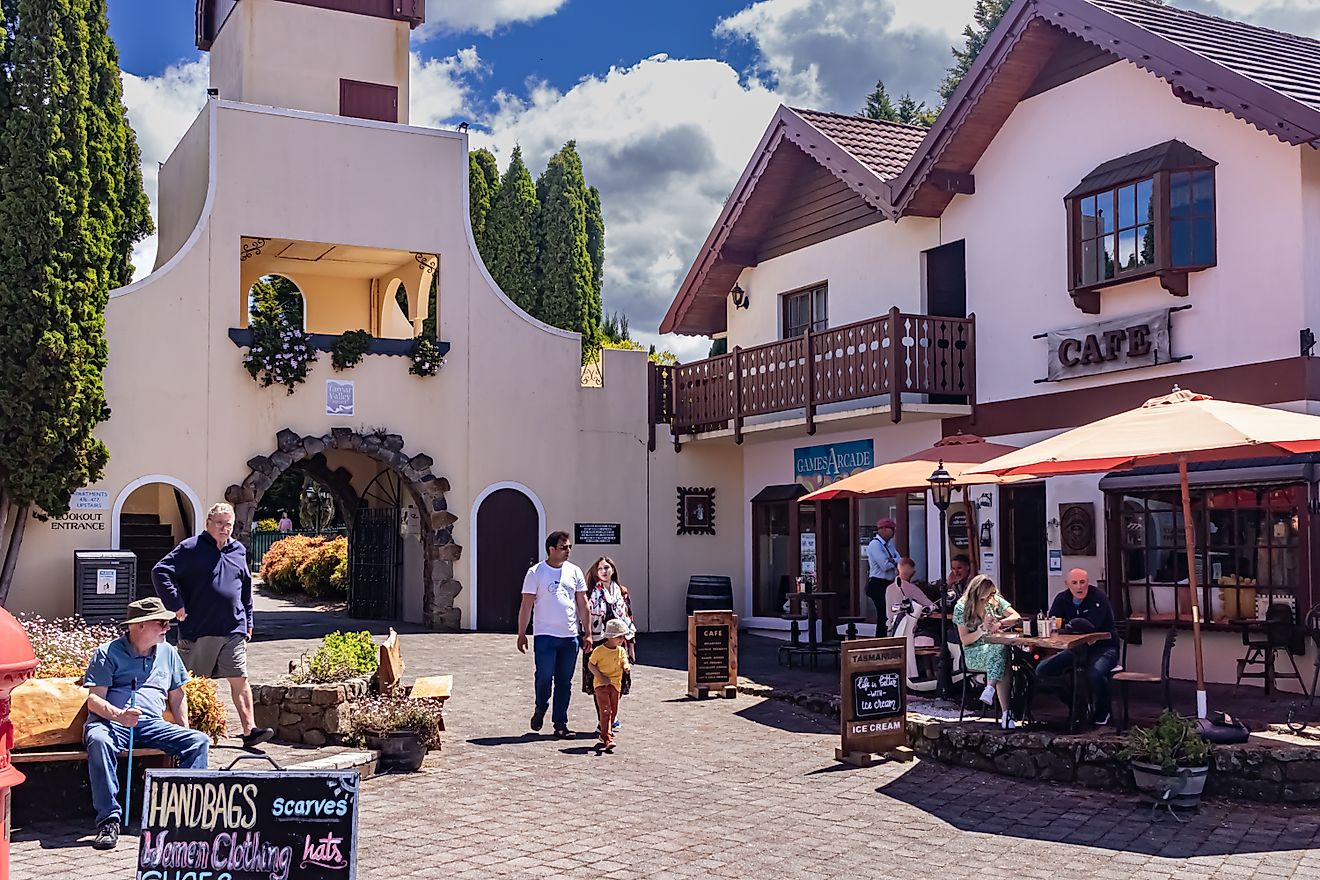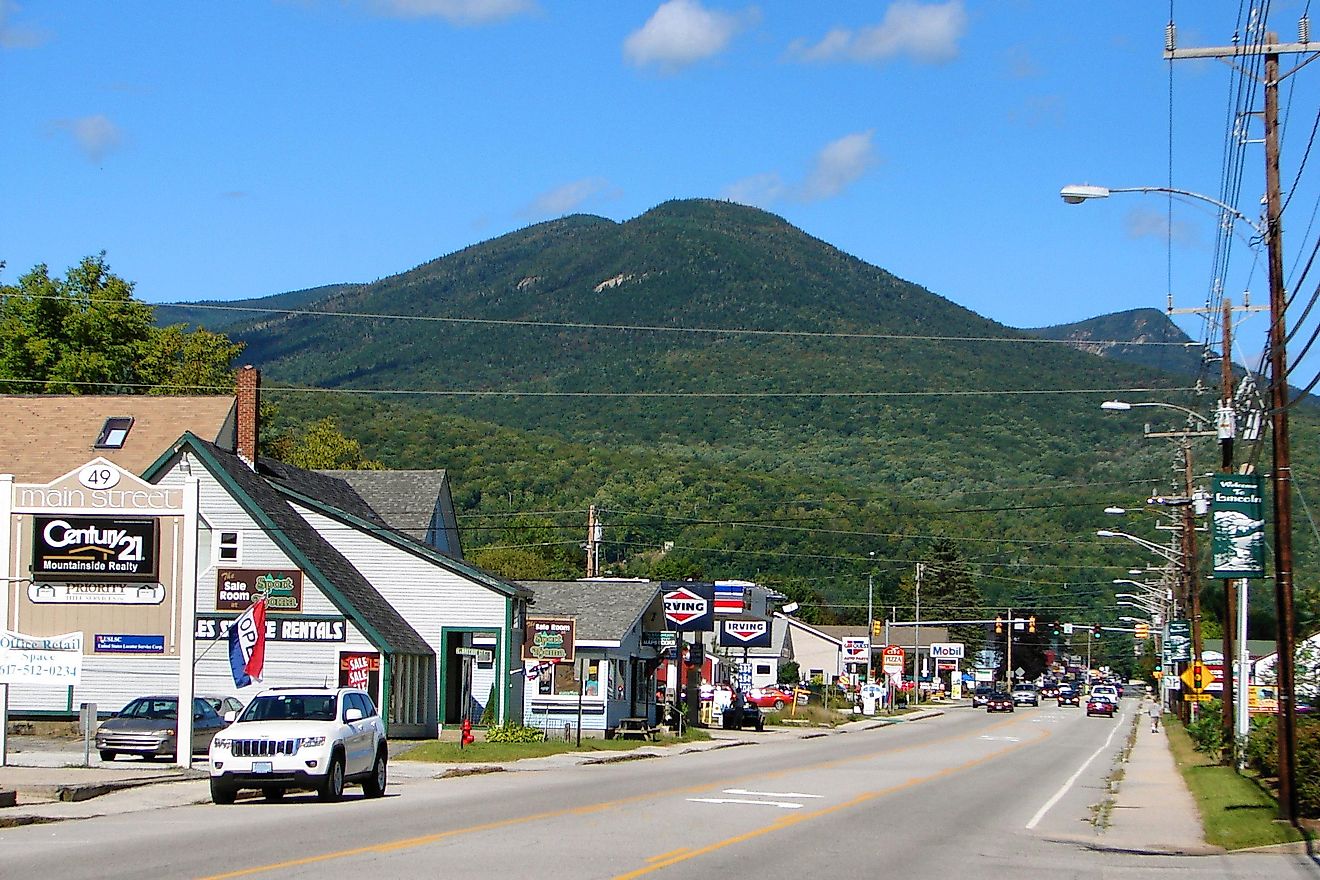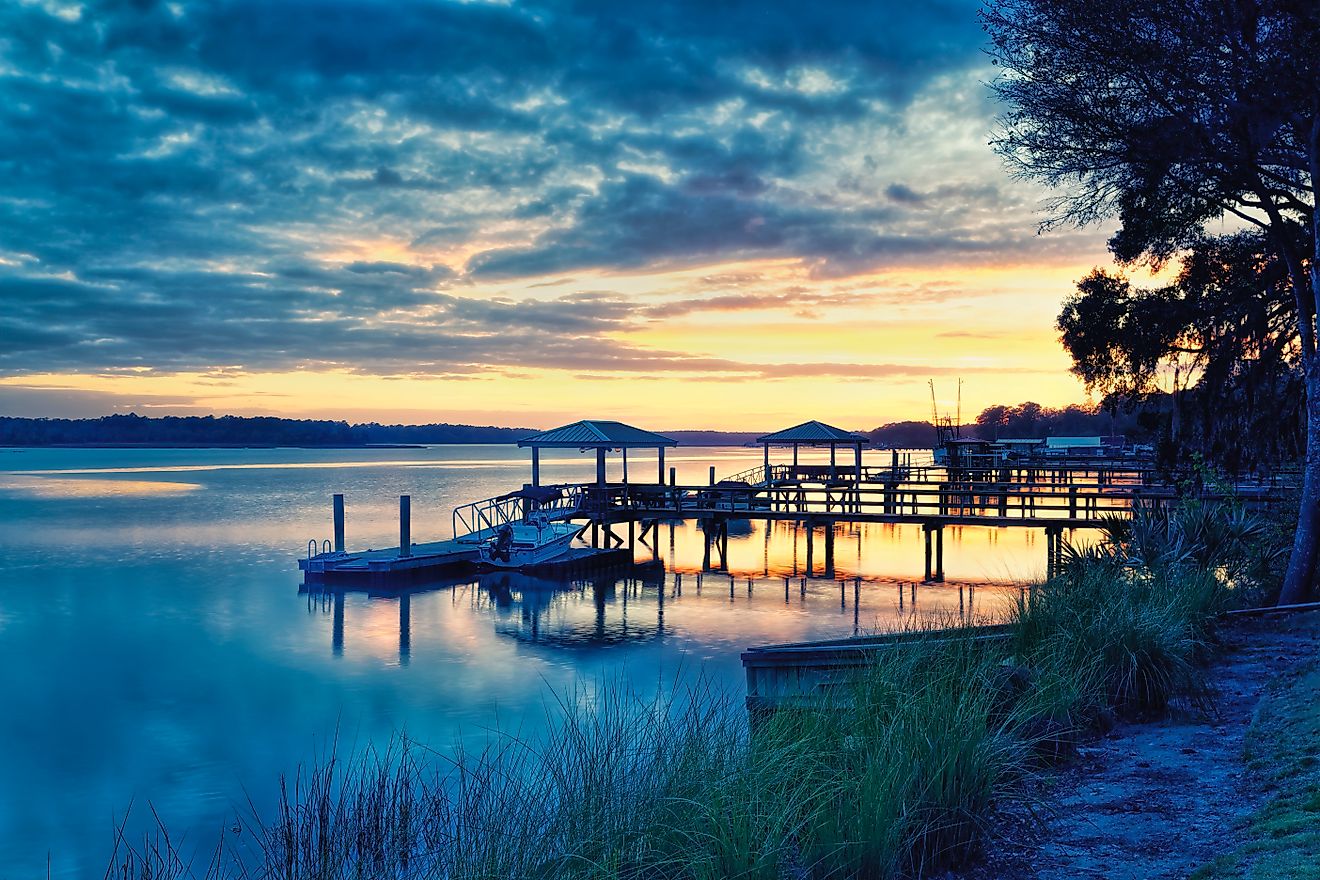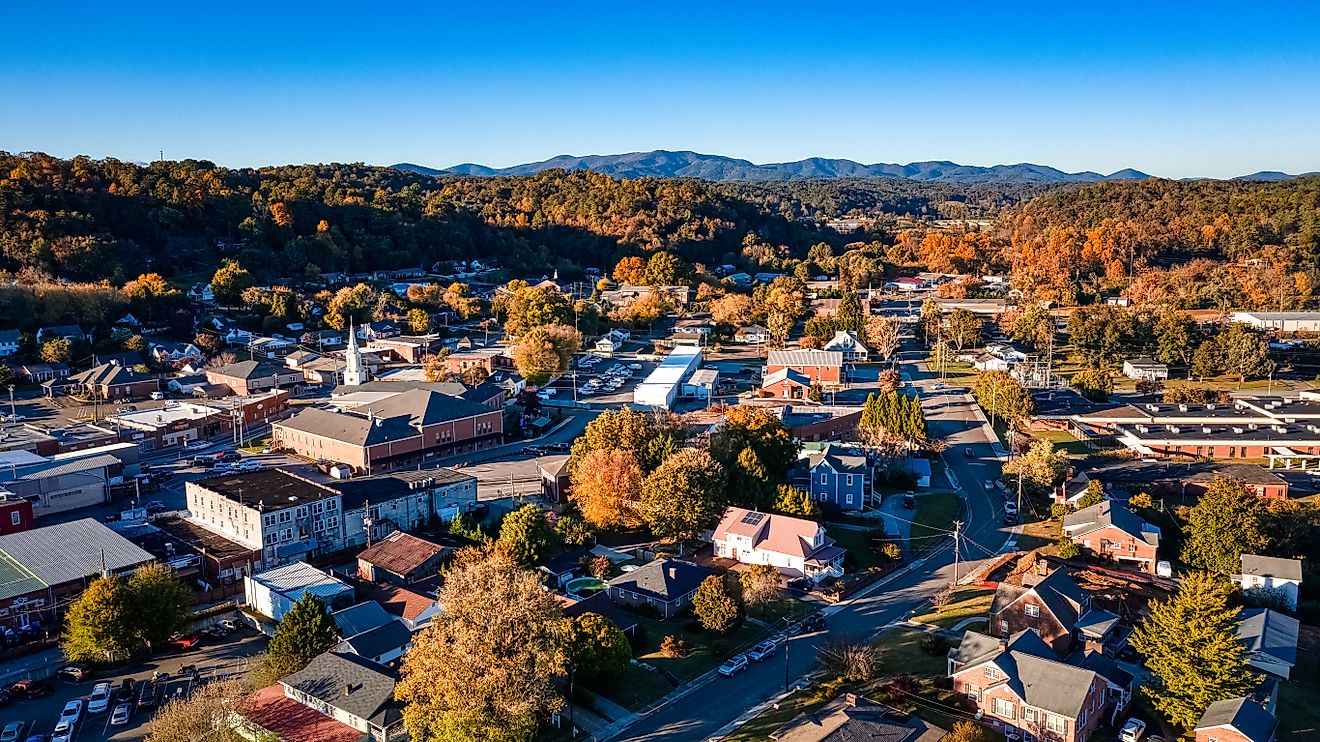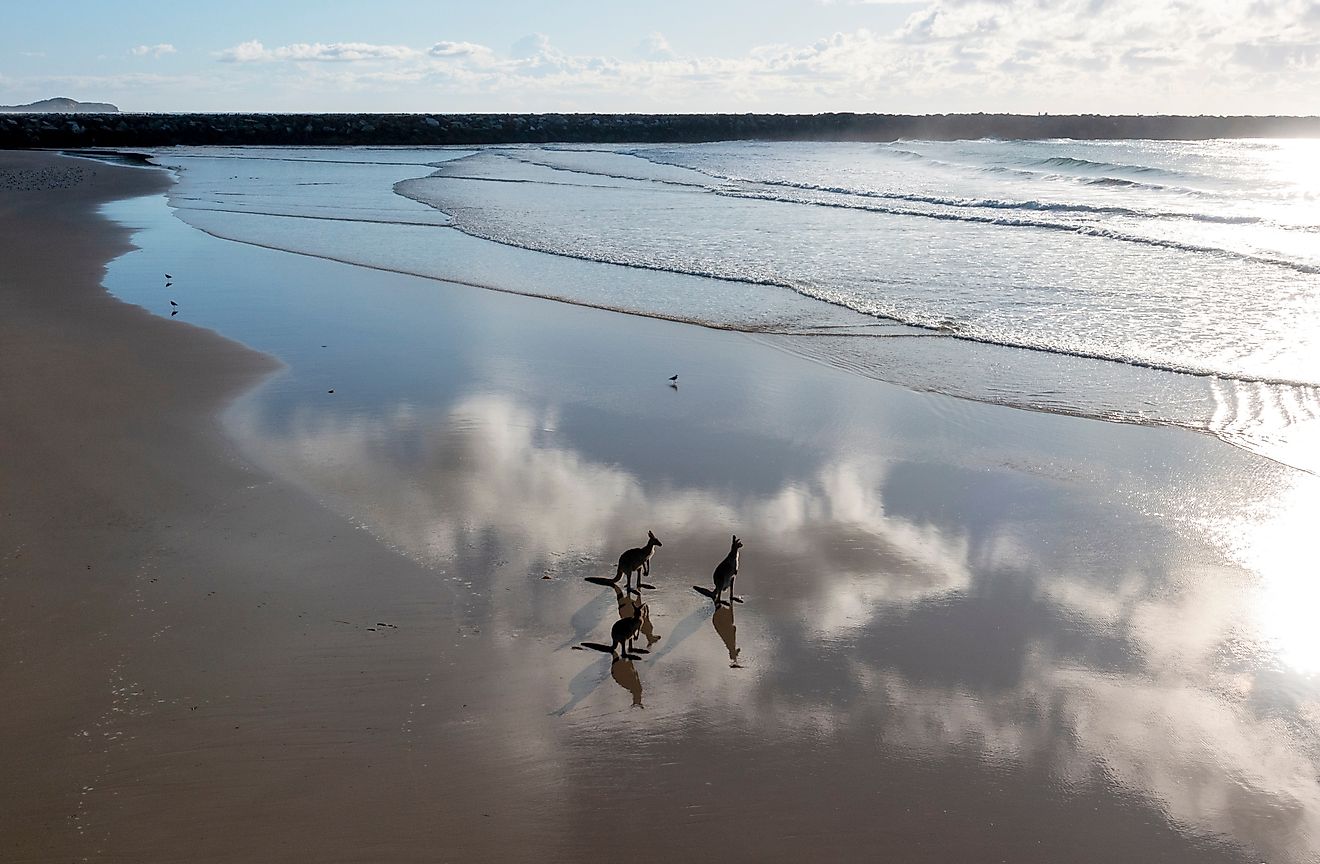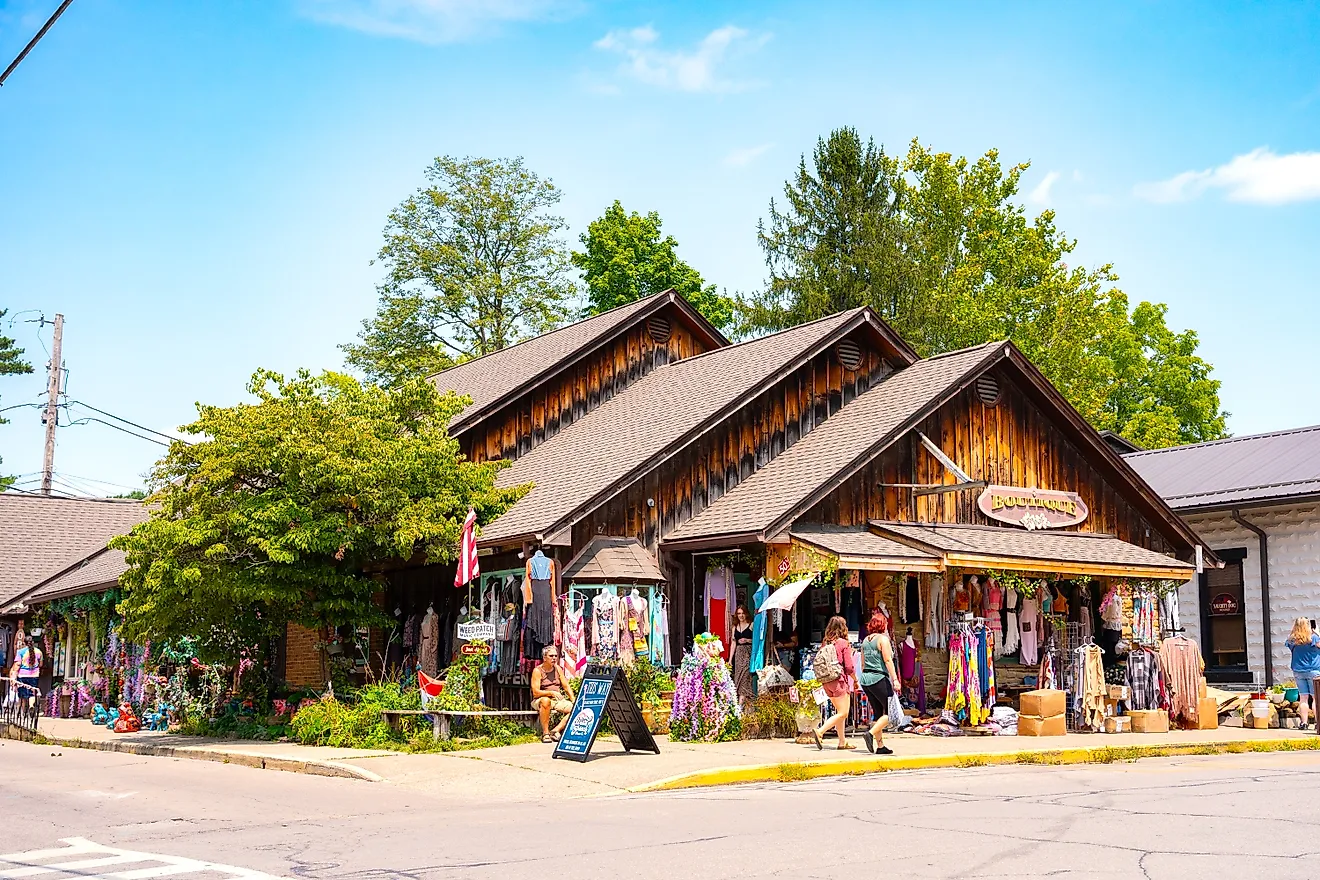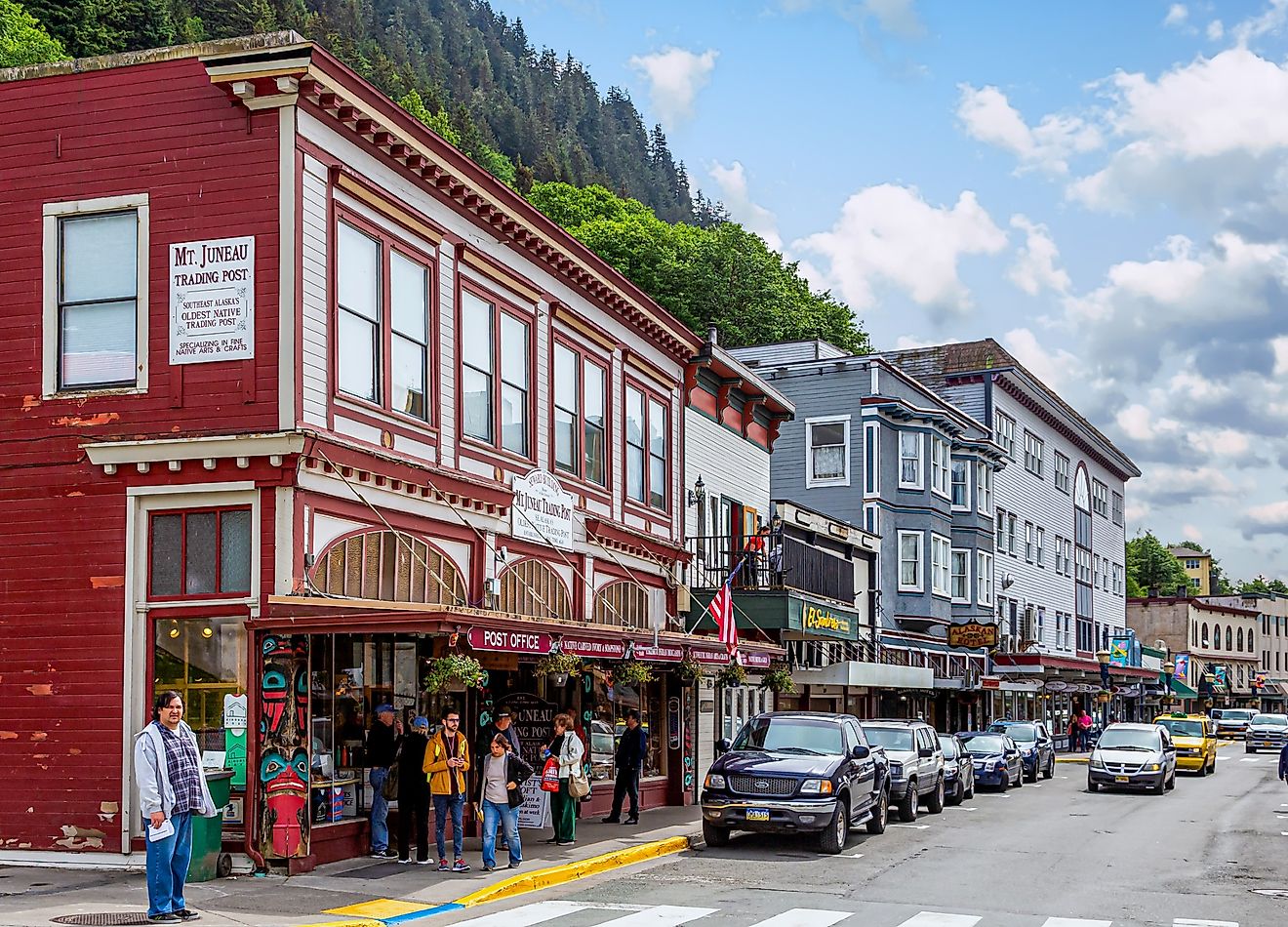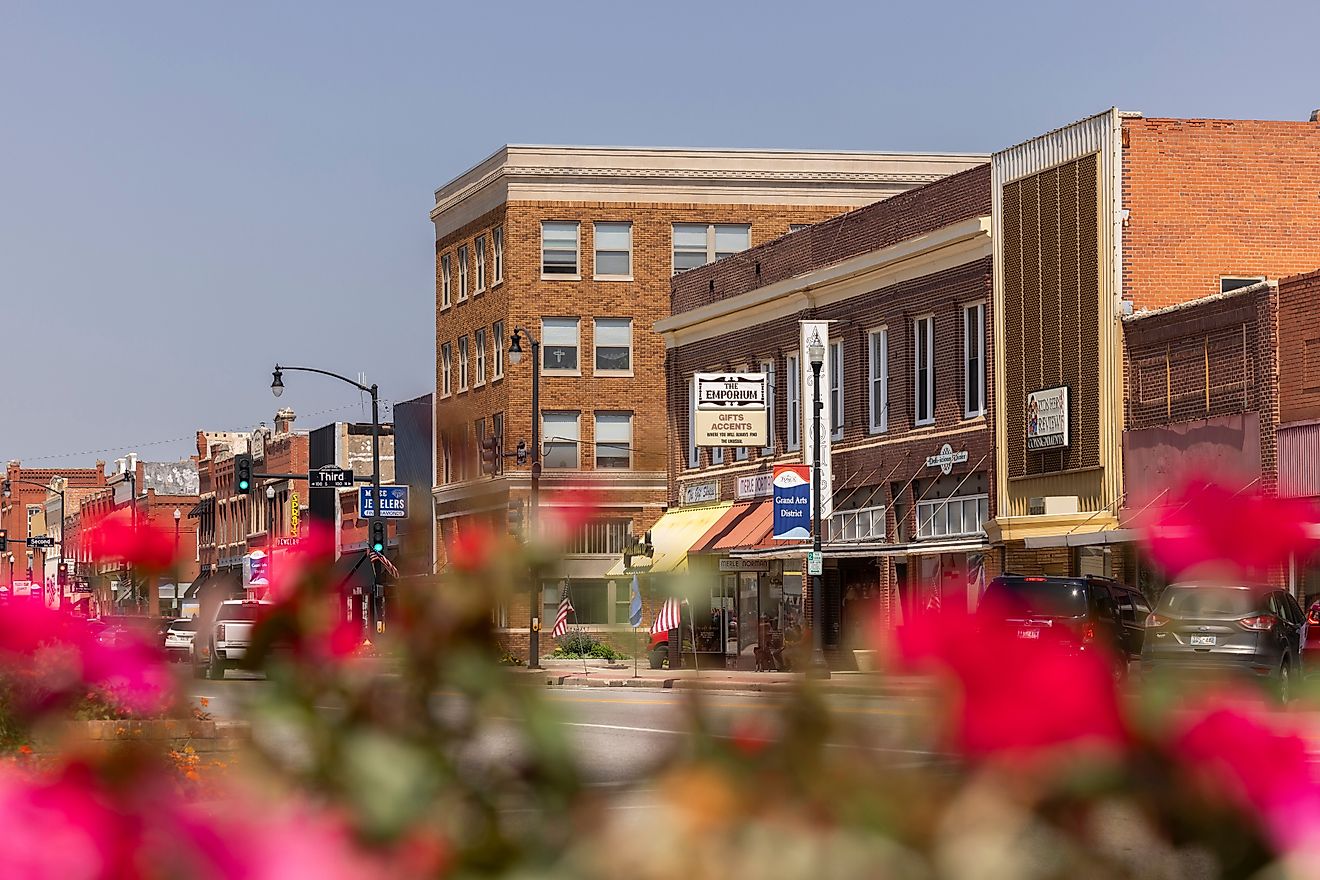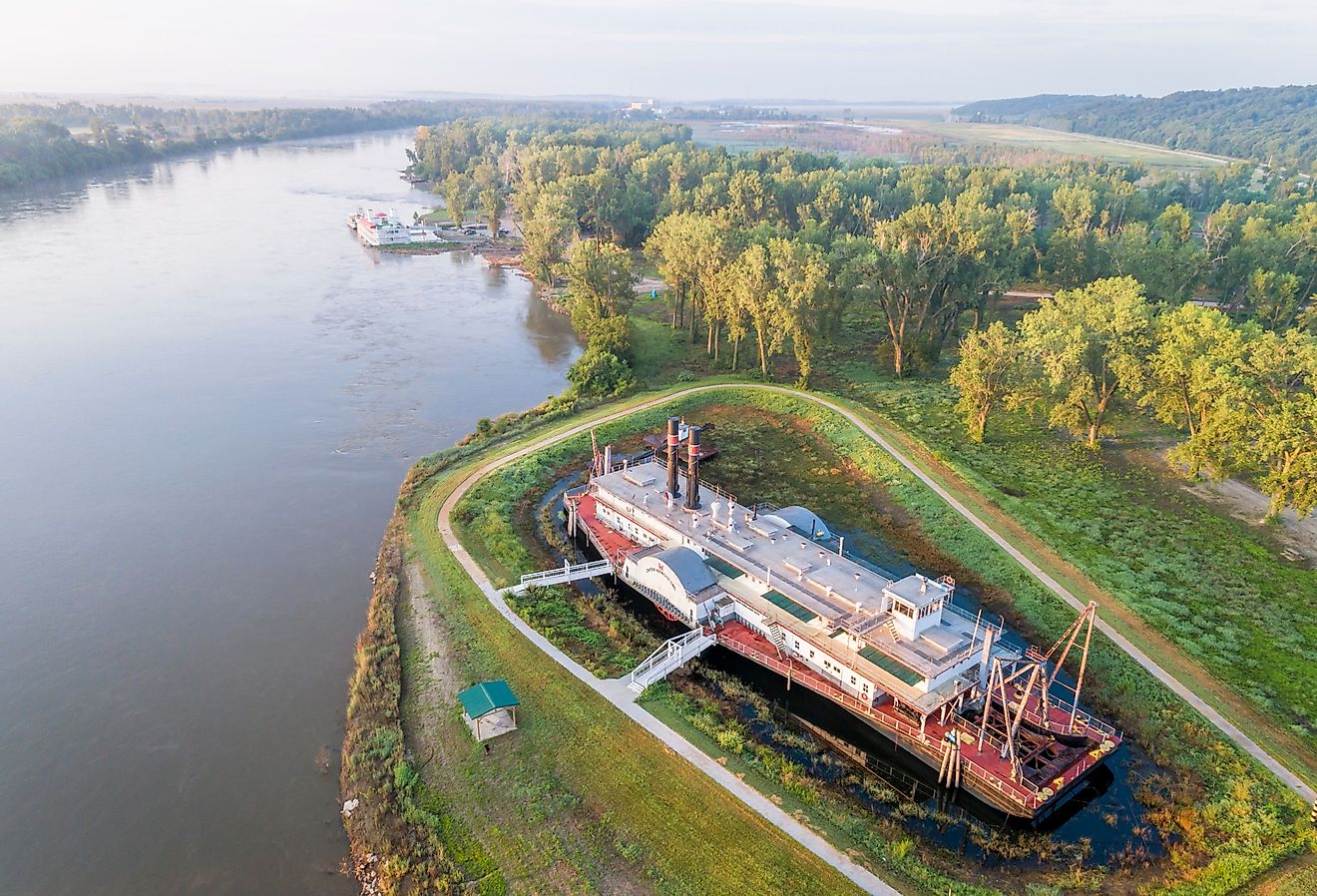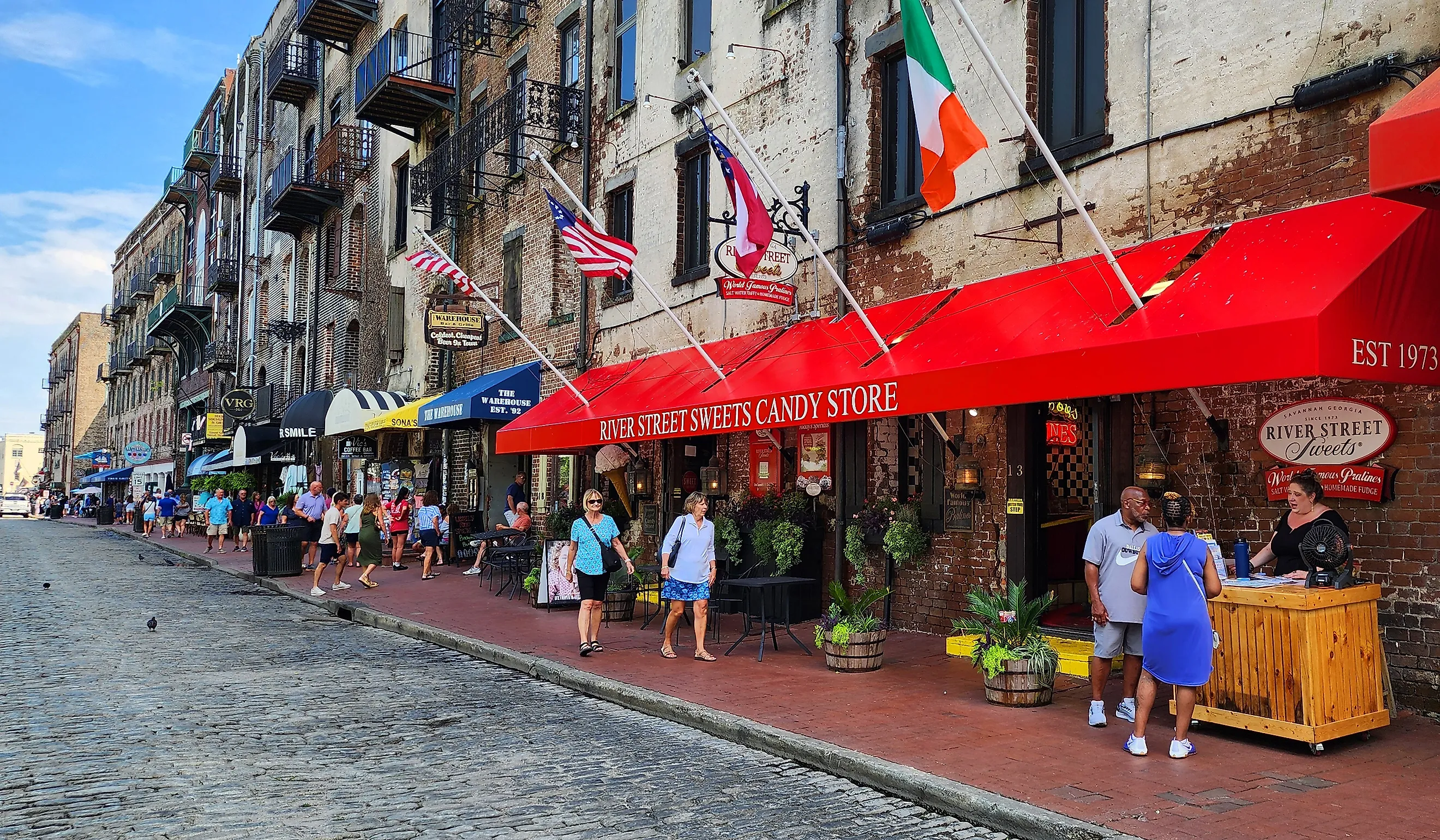
This Georgia Town Is Older Than the State Itself
As one of the original 13 colonies, Georgia has long held a place of importance for the US. It is a coastal state with generally great weather, tons of lush, beautiful landscapes, and countless historic landmarks, so it is no surprise that it also boasts some of the oldest settlements in the nation. With that, let's discuss Georgia's oldest city: Savannah.
This coastal community, which now houses nearly 405,000 residents in its metro area, is an incredible destination for history lovers and sightseers alike. Containing numerous notable attractions within its borders, read on to discover more about Savannah's storied past and find out how you can best experience it today.
A Place That Outdates the Entire Country
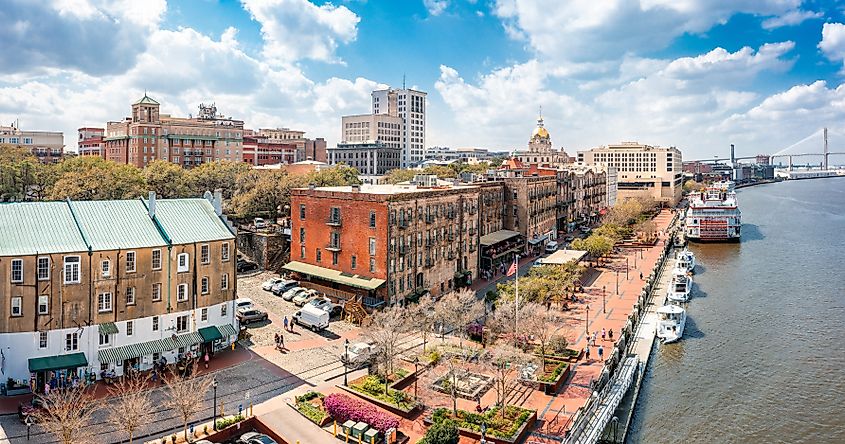
Founded in 1733 by General James Oglethorpe, Savannah was established as the first city in the Georgia colony, serving as a buffer between what was then British South Carolina and Spanish Florida. This makes the city 55 years older than the state of Georgia and 43 years older than the United States itself.
Oglethorpe laid the city out using a unique grid plan, aptly named the "Oglethorpe Plan," centered around walkability and public squares, a fairly forward-thinking design that still defines Savannah’s historic layout today. On the other hand, the early economy revolved around rice, indigo, and later cotton, with enslaved labor playing a central role in its growth, just like many southern towns that came later.
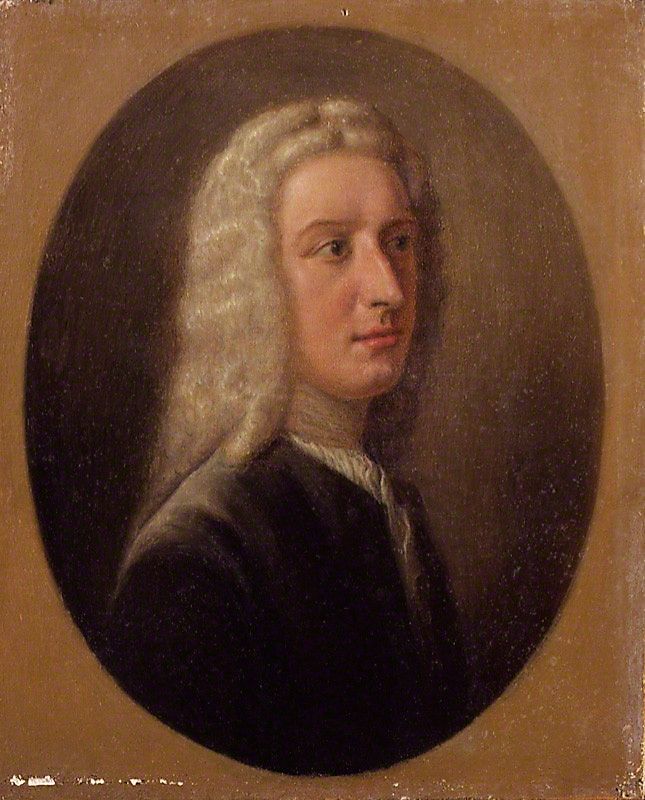
During the American Revolution, Savannah was occupied by British forces from 1778 to 1782. It remained an important port city and strategic stronghold into the 19th century, especially after the invention of the cotton gin, which transformed the regional economy to be an even bigger exporter of cotton, again, much like the rest of the Deep South at the time.
Then the Civil War kicked off in 1861. Savannah was firmly in the hands of the separatist Confederates before 1864, when Union General William Tecumseh Sherman captured the city at the end of his March to the Sea, famously offering it to President Lincoln as a Christmas gift. Thankfully, much of Savannah was spared from destruction, preserving its iconic landmarks into modern times.
The current restoration of historic local homes, churches, and civic buildings in the city helped fuel a tourism industry that now remains central to its economy. These days, Savannah is renowned for its well-preserved antebellum era architecture, robust public green spaces, and a layered history that reflects both the prosperous and the darker sides of American history.
Must-See Landmarks That Reveal Savannah's Storied History
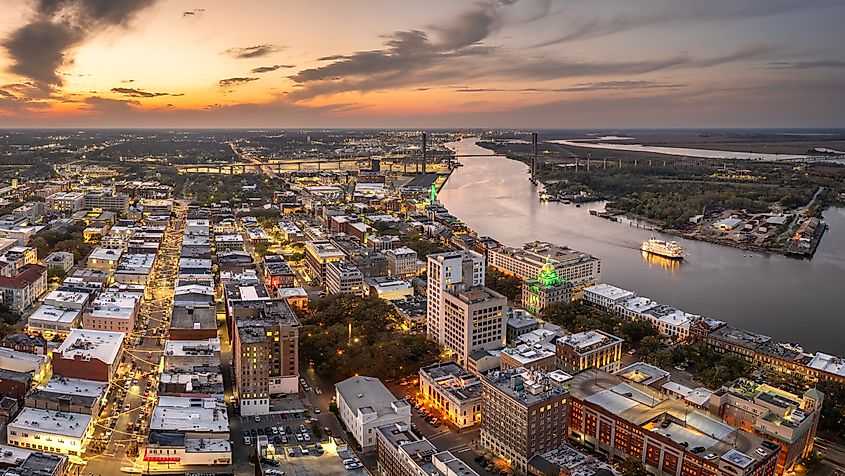
As mentioned, Savannah has managed to hold onto many of its original historic structures, many of which now serve as landmarks for the public to appreciate. From museums to old residences, parks, and more, here are a few must-visit spots for history buffs.
American Prohibition Museum
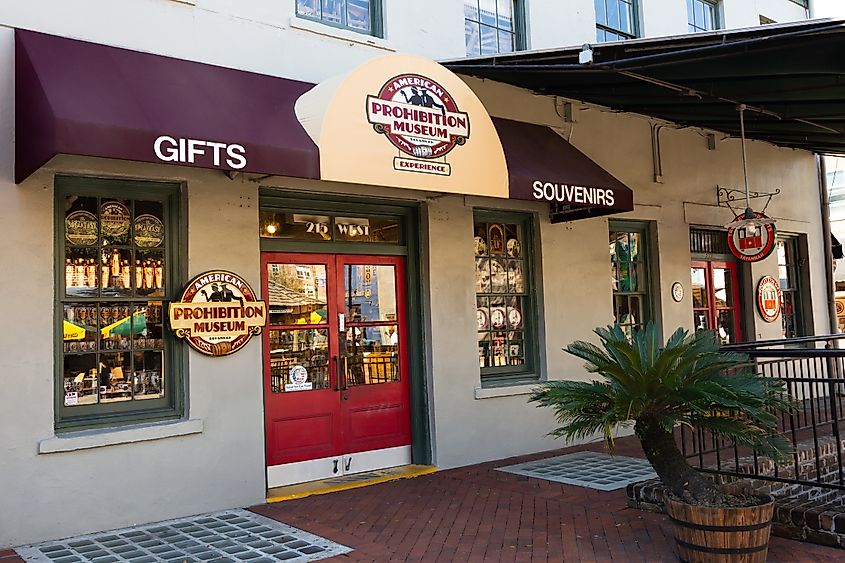
Savannah is clearly well known for its old southern roots, connected to major conflicts like the American Revolution and the Civil War, but the city likes to pay homage to more contemporary periods of the past, too. For example, the American Prohibition Museum in Savannah is in fact the only museum in the country dedicated solely to the Prohibition era.
Located in the Savannah Historic District, it explores the social, political, and cultural factors behind the nationwide alcohol ban from 1920 to 1933. Exhibits include over a dozen immersive galleries filled with historical artifacts, wax figures, and recreated scenes that cover everything from temperance movements to speakeasies and bootlegging.
At this attraction, you are able to walk through detailed displays based on early 20th-century pop culture, gang activity, and the eventual repeal of the 18th Amendment. The tour then ends at Congress Street Up, a working 1920s-style speakeasy serving period-accurate cocktails, a great way to cap off your day.
Old Fort Jackson
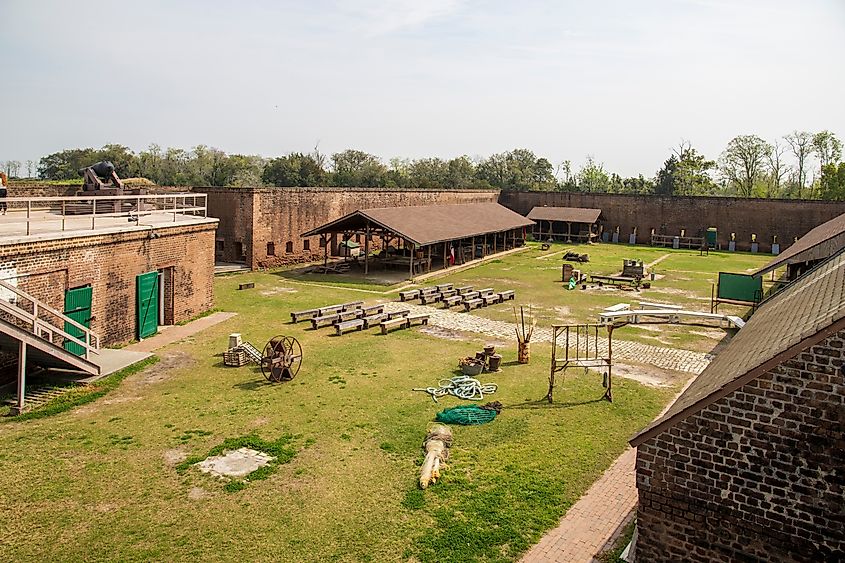
Old Fort Jackson, located east of downtown Savannah along the Savannah River, is Georgia’s oldest standing brick fort. Construction began in 1808 as part of President Thomas Jefferson’s coastal defense initiative.
The fort saw active use during the War of 1812 and was later expanded by Confederate forces during the Civil War to protect Savannah from Union naval attacks. Though it never faced direct assault, the fort played a critical role in regional defense until the city’s surrender in 1864.
Today, Old Fort Jackson operates as a historic site managed by the Coastal Heritage Society. You can lay your eyes on its original ramparts, brick casemates, artillery placements, and other old-timey features. Daily cannon firings and interpretive programs add fun to the experience as you learn about early military life, weaponry, and the fort’s strategic role in U.S. history.
Positioned along the riverfront, the fort also provides views of passing cargo ships and the Savannah skyline.
The Pirates’ House
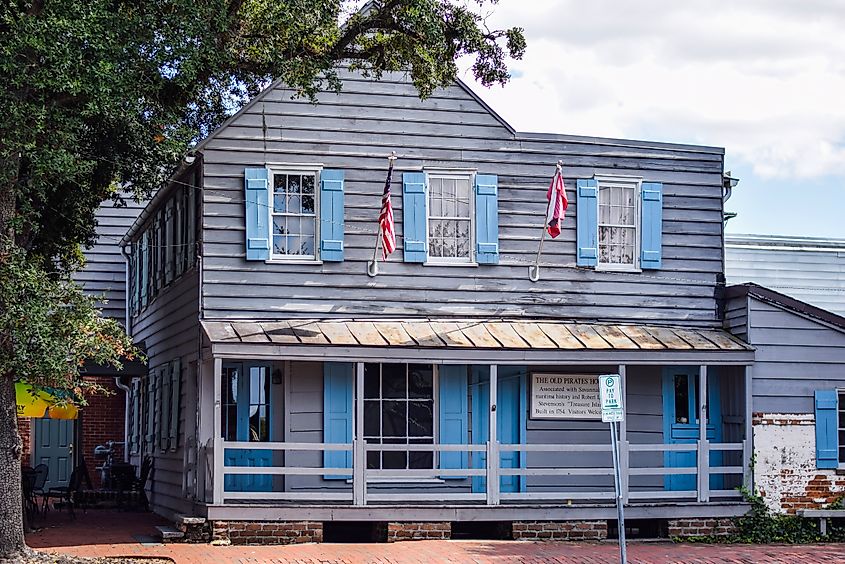
The Pirates’ House, also located by the riverfront, is one of the city’s oldest buildings and a well-known historic tavern. Portions of the structure date back to 1753, originally built to support the nearby experimental garden known as the "Trustees’ Garden." By the late 18th century, the building operated as an inn and tavern, catering to sailors, merchants, and, according to local lore, pirates! Regardless, stories of kidnappings and smuggling through hidden tunnels have made it a staple in Savannah’s folklore.
Now, the Pirates’ House functions as a restaurant where you can still grab a bite, with dining rooms spread across multiple historic sections of the property. You are able to walk amongst the structure's original woodwork, not so even floors, and other quirky, preserved architectural features that reflect its colonial-era construction. One of the most talked-about features is a tunnel beneath the building that reportedly connects to the river, fueling more stories of smuggling and maritime crime in this portside attraction.
Forsyth Park
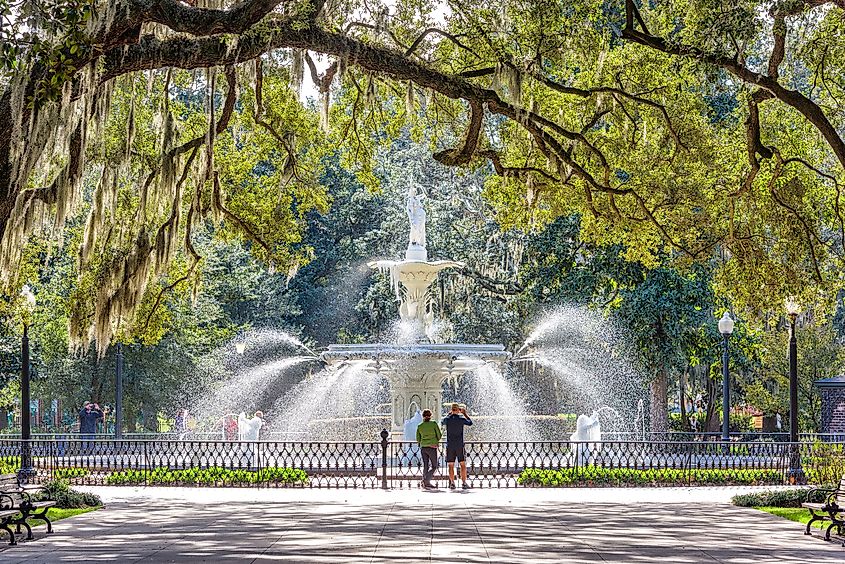
Forsyth Park, established in 1841, is Savannah’s largest and most recognized public green space. Spanning 30 acres at the southern end of the Historic District, it was named for former Georgia Governor John Forsyth. The park centers around its iconic cast-iron fountain, which was installed in 1858 and modeled after a similar one in Paris, France.
Walking paths, tree-lined avenues, and oaks blanketed in Spanish moss make it an incredibly picturesque urban greenspace, one of the most well-known in the United States. The park also includes a "Fragrant Garden" and open lawns used for all sorts of recreation and events.
On Saturdays, the Forsyth Farmers’ Market brings in regional produce and local vendors. Also note that the nearby bandshell regularly hosts concerts and public programs.
City Market
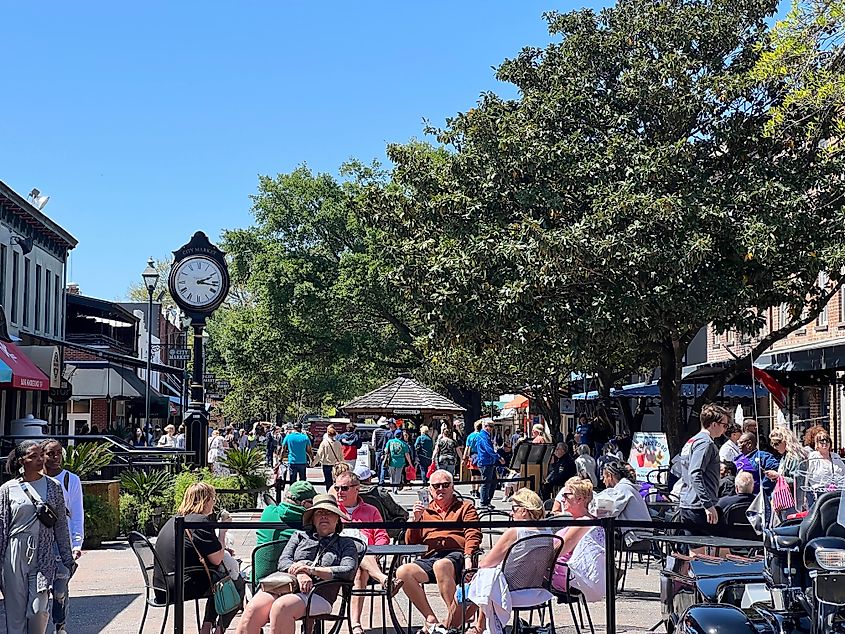
City Market, in the heart of downtown Savannah, is a four-block commercial and cultural hub located between Ellis and Franklin Squares, making it a main centerpiece in the Historic District.
The area originally served as an open-air market in the 18th century, where merchants sold goods like seafood, produce, and wares from stalls and wagons. Though the original market buildings were demolished in the 1950s, preservation efforts in the 1980s restored the district as a mixed-use space, honoring Savannah’s deep-seated architectural and economic heritage.
The marketspace features restored warehouse-style buildings housing a variety of businesses, like galleries, locally-run boutiques, cafes, and restaurants. Live music is frequently performed in the courtyards and open-air spaces, too, making it a consistent gathering spot for both locals and tourists alike.
Two major museums, the American Prohibition Museum and the Ships Of The Sea Maritime Museum, are located within walking distance as well, making this a good spot to walk around afterwards.
Explore Savannah's Historic Appeal For Yourself
As one of the oldest cities in America, Savannah offers an amazing mix of fascinating history, beautiful scenery, and interesting, deeply ingrained cultures. It is a great place for an afternoon escape or even an extended vacation. We challenge you to experience all this longstanding city has to offer, from its culinary scene to its plethora of museums, storied locales, and more. It'll be tough to do in just a weekend!
